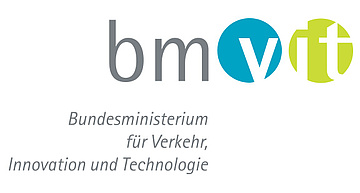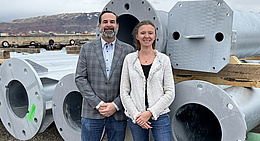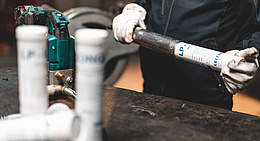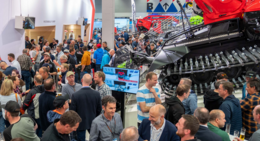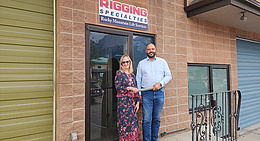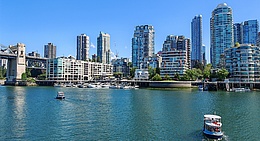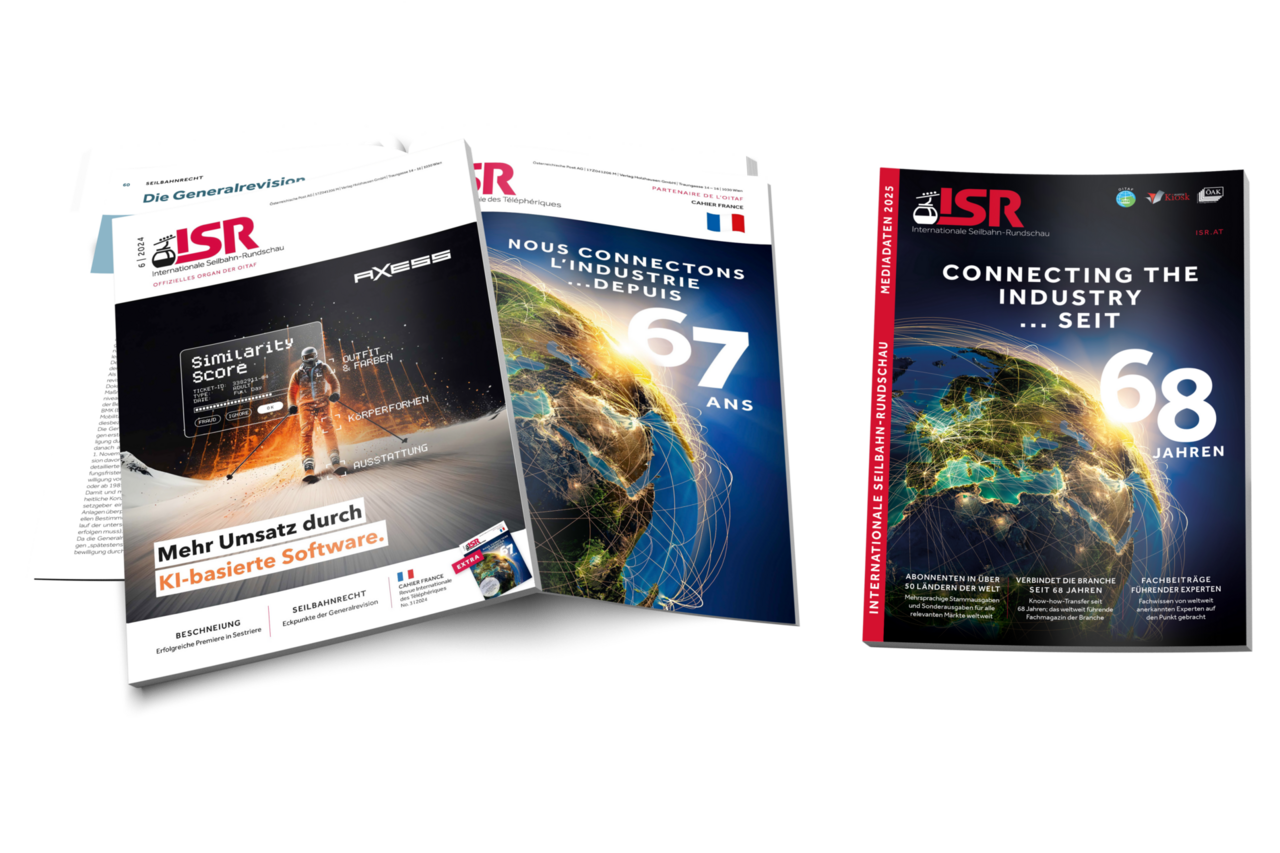1. Introduction The importance of winter tourism cannot beoverestimated. There is a whole list of wellknown (and usually very impressive) figures available to underscore this argument. Here is a selection:
- From 1975 to the present bednights inwinter tourism have tripled.
- Total revenue generated via bednights in winter tourism is in the magnitude of € 11 billion per year.
- Winter tourism accounts for 4.1 % of grossdomestic product (GDP) and is thus comparable with banking and insurance.
-Winter sports sustain some 250,000 jobs.
- Winter tourism generates about € 1.8 trillionin taxes and social security payments per year. (Source: WIFO, Austrian Ropeway Federation)
The list can be extended almost infinitely, for example to include the VAT returns from winter tourism. But the case of VAT is a good example of the questionable relevance of some of these figures. After all, what would happen to that VAT if there was suddenly no winter tourism? Without winter tourism there would be no taxable sales in that field and no VAT would be due. But the money not spent on winter tourism would be spent on something else, i.e. the spend would migrate from one industry to another and the VAT related to that spend would migrate from winter tourism to an alternative sectorof the economy.
In other words, it would not disappear but would be transferred to some other industry and would have to be included in the statistics for that industry. We can therefore say that the VAT is not a specificproduct of winter tourism and is therefore anunsuitable ratio for demonstrating the importance of the winter tourism industry. The question whether the individual ratios are meaningful or misleading depends on the objective involved and has to be assessed in the individual case.
It is never theless a factthat there are complex interactions between winter tourism and the country’s various socialand economic spheres.
2. Fundamentals
Like any other industry, winter tourism involves certain production factors, which are needed to create marketable products and services. On the basis of general management theory, they can be assigned to categories that are specific to winter tourism:
- “inexhaustible” factors (mountains with the necessary altitude and suitability for recreational activities),
- incalculable factors (weather or the climate needed to guarantee low temperatures and snow),
- investment factors (the hotel and catering trades, leisure amenities, winter sports gearand equipment, lifts, etc.),
- wage and salary factors (personnel, from management to unskilled labor), and
- additional factors (infrastructure for travelto and from the resort, for utilities and disposal, and for hazard protection, mitigationand repair, as well as information systems, etc.). In terms of production economics we can therefore say that,
- through the planned, efficient and regular deployment of the above production factorsin a suitable production process, services can be produced
- that can and do attract demand from the individual consumer on the winter tourism market.
The “inexhaustible” and incalculable factorscan be subsumed under the heading of no ninfluenceable production factors, which are resistant to political or entrepreneurial decision-making. Non-influenceable factors are a wonderful subject for philosophy, debate and polemics. At all events they defy management. And yet they are an essential production requirement in winter tourism.
That leaves us with the manageable productionfactors, which can be influenced through political or entrepreneurial decision-making, i.e. the group comprising the investment, wage and salary, and additional factors. Thevery fact that they can be influenced makes them key factors for the success or failure of winter tourism operations for a company, ora municipality or region. They are accordingly the object of constant political and entrepreneurialdecision-making and management measures.
The players in the general political system (not party-political), which can also have a longterm impact on the influenceable productionfactors of winter tourism, include the authorities in general and the ropeway authorities in particular. Through their activities (or lack of activity) they can contribute to or hinder the further development of winter tourism in terms of production economics. Within the winter tourism system, the positionof the authorities is a difficult one as the following aspects show:
- In the case of national authorities, the elected representative of a political party is entrusted with the task of steering an administrative body. He or she sets the objective sand is ultimately responsible for all the decisions taken by that body.
- In keeping with the strict principle of legality anchored in the Austrian constitution, the authority must be objective and must ensure that all its acts comply with the legal norms.
- The authority steers the production processes involved solely on the basis of the legal norms. The discretionary powers of the authority are limited, and that makes it difficult to focus on the economic aspects of the decisions taken. Ultimately, the legal concepts of proportionality and expediencydo suggest that economic aspects also play a role in the authorities’ activities (althoughthe terms are difficult to define with any precision and hence defy quantification, which is a further reason for the perceived ambivalence of the actions of the authorities).
As the supreme ropeway authority in Austria, the Federal Ministry of Transport, Innovationand Technology (BMVIT) is accordingly primarily responsible for institutional mattersand questions of safety. Nevertheless, through its actions (or failure to act), it also has an impact on the processes of productioneconomy in winter tourism, as the following examples show:
- Conditions imposed by the authorities canincrease total investment costs and cause permanent follow-up costs.
- Operating licenses enable businesses toparticipate in the winter tourism market.
- Official inspections reduce market opportunities.
- The right to approve appointments and “define rules” for operations managers enablesthe authority to play a role at the levelof income, etc.
As an indication to the outside world that authorities influence processes of production economics through their official activities, they (and the supreme Austrian ropeway authority is no exception) usually operate with a mission statement emphasizing the fact that they see themselves as legal service organizations and as such are there to help their “clients” with their various needs and concerns.
These and similar aspects round off the legally defined fields of activity of an authority. They can be seen as an expression of the authorities’ awareness that, through their acts or failure to act, they influence and may evensteer client processes at the level of production economics. This insight is important for the ropeway operators. The ropeway operators are the supreme ropeway authority’s clients. As commercial enterprises operating in the framework of a market economy, they are ultimately subject to the golden rules of making a profit and reducing costs.
To that extent, all aspects that cause an increase in costs or a drop in profits are seen as negative factors that are detrimental to the company’s goals. That also includes the activities of the authorities, since conditions imposed in the interest of operating safety can also be seen as a necessary evil entailing automatic increases in costs. In the interest of the image they project to the outside world, the ropeway operators tend todevelop mission statements that focus on the need to protect third-party interests as well as achieve their individual commercial goals.
The intention here is to stress the fact that, through their activities at the level of production economics, ropeway operators can impact the environment in the widest sense.These and similar factors apply in addition to the goals of avoiding costs and making a profit and transport the message that macro-economic goals are more important than individual profit-based activities. This insight is important for the ropeway authorities.
3. A possible conclusion
Where tasks and objectives differ, mutual understanding presupposes full information. Whereas the ropeway operators have and make use of a wide variety of channels of communication, the “other side” has a deficitin terms of external communicative impact.
The BMVIT as the supreme ropeway authorityhas therefore set itself the task of providingthe necessary information on critical subjectsand making a contribution to the general debate in the industry. In order to achievethis goal, regular articles are to be publishedon relevant legal and technical questions. As the BMVIT is represented on numerous international bodies, including the Standing Committee of the Commission for Cableways Designed to Carry Persons, OITAF (International Organisation for Transportationby Rope, in which the operators, manufacturers and supervisory authorities all come together to find common solutions to industry problems) and ITAB (international supervisory authorities), the Ministry’s communication effort will include information on the latest international developments.
There will also be reports on forthcoming legal ordinances, which are to be issued in responseto the amended Austrian Ropeway Law, such as the Ropeway Relocation Regulation,the amendment to the Regulation on Ropeway Structures not Requiring Approvals, the amendment to the Cableway Testing Regulation and the amendment to the Surface Lift Regulation.
On the whole, all these legal ordinances will improve the situation for the ropeway operators without neglecting safety aspects in any way. Most readers of the International Ropeway Review (ISR) are themselves ropeway operatorsand as such have an overriding interest in the economic aspects. This standpoint will also be catered for and reflected in publications produced by the supreme ropeway authority’s staff. At all events, we are hoping for a lively debate in the interest of a better understandingof our mutual relations.
Gerhard H. Gürtlich
(*)Sekt.-Chef. Mag. Dr. Gerhard H. Gürtlich, Head of Section
IV – Railways, Shipping and Industrial Safety, Federal
Ministry of Transport, Innovation and Technology,
Radetzkystrasse 2, A-1030 Vienna; e-mail
gerhard.guertlich@bmvit.gv.at
